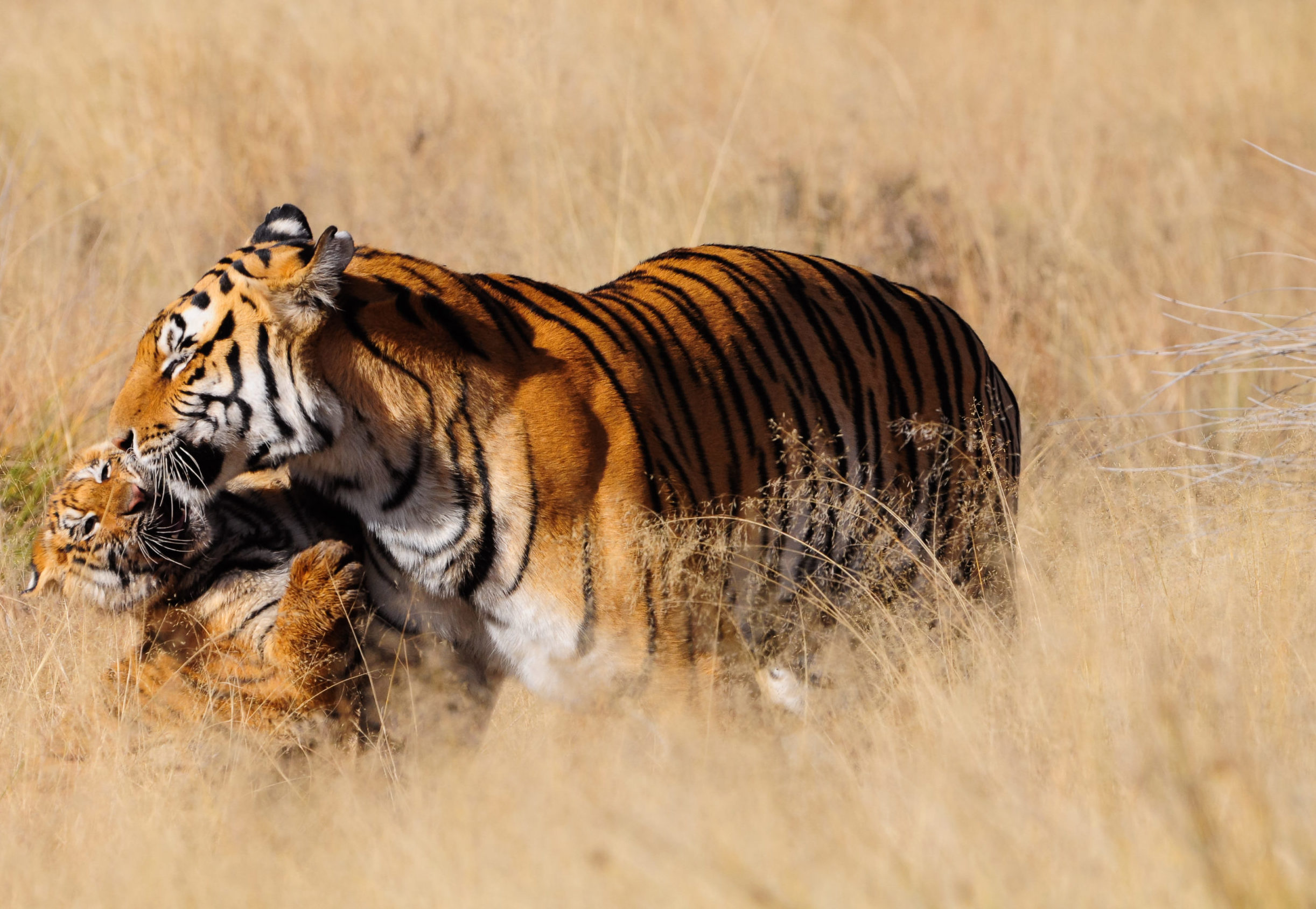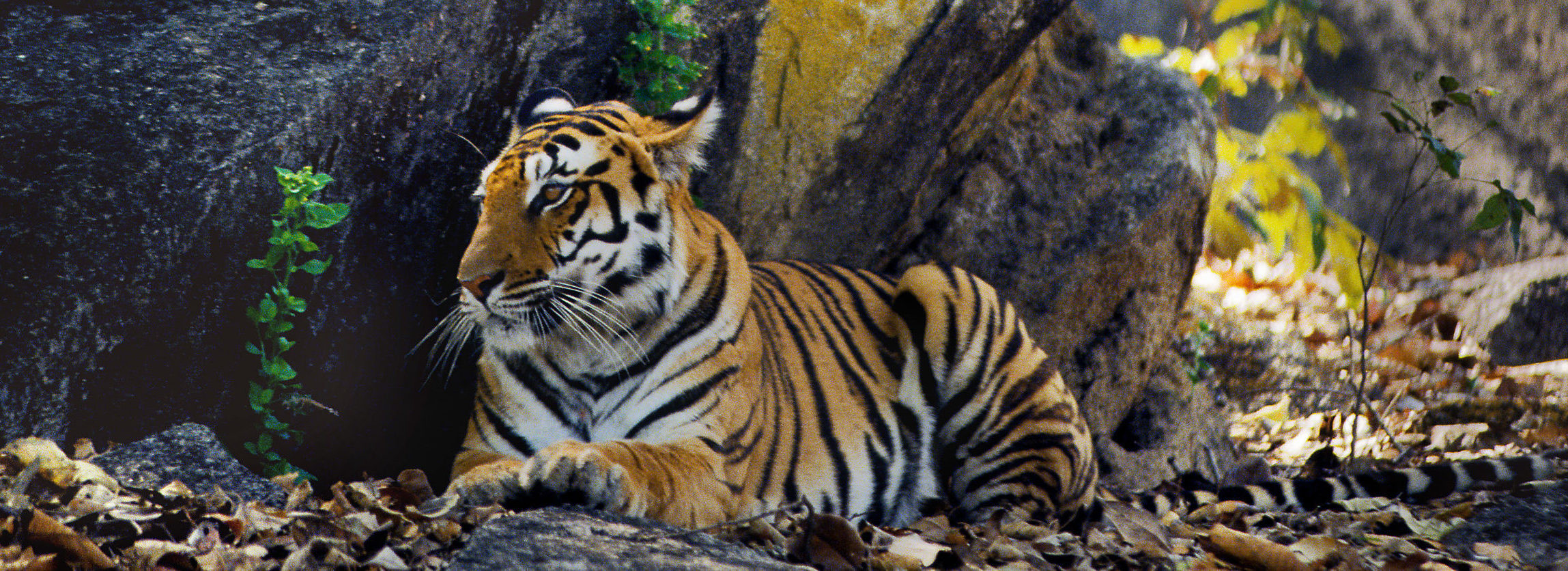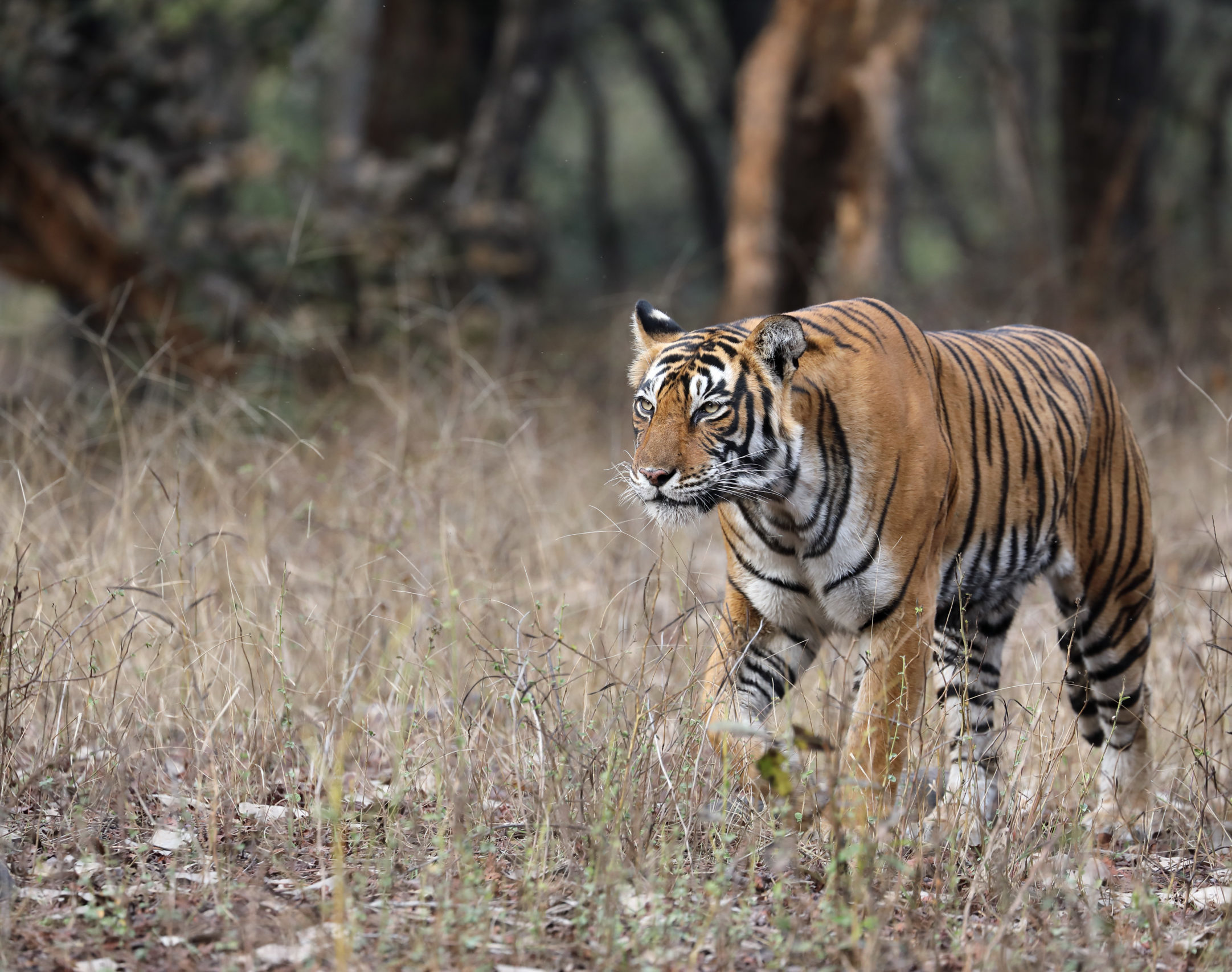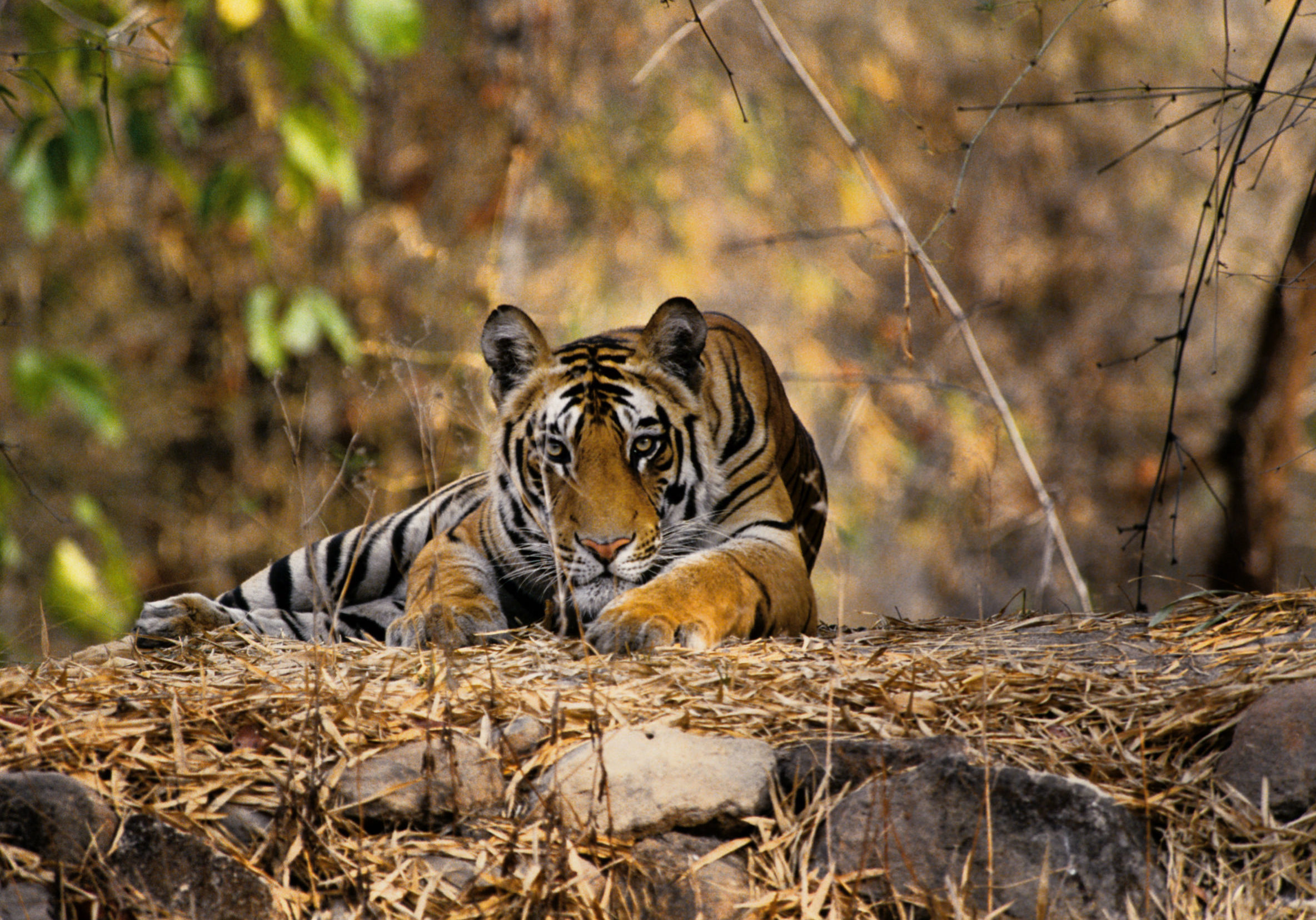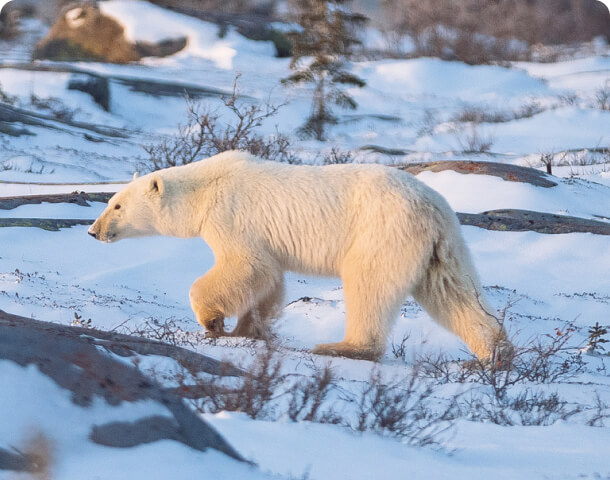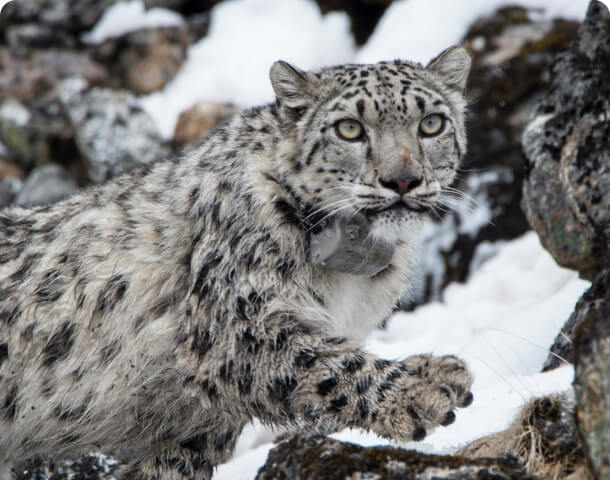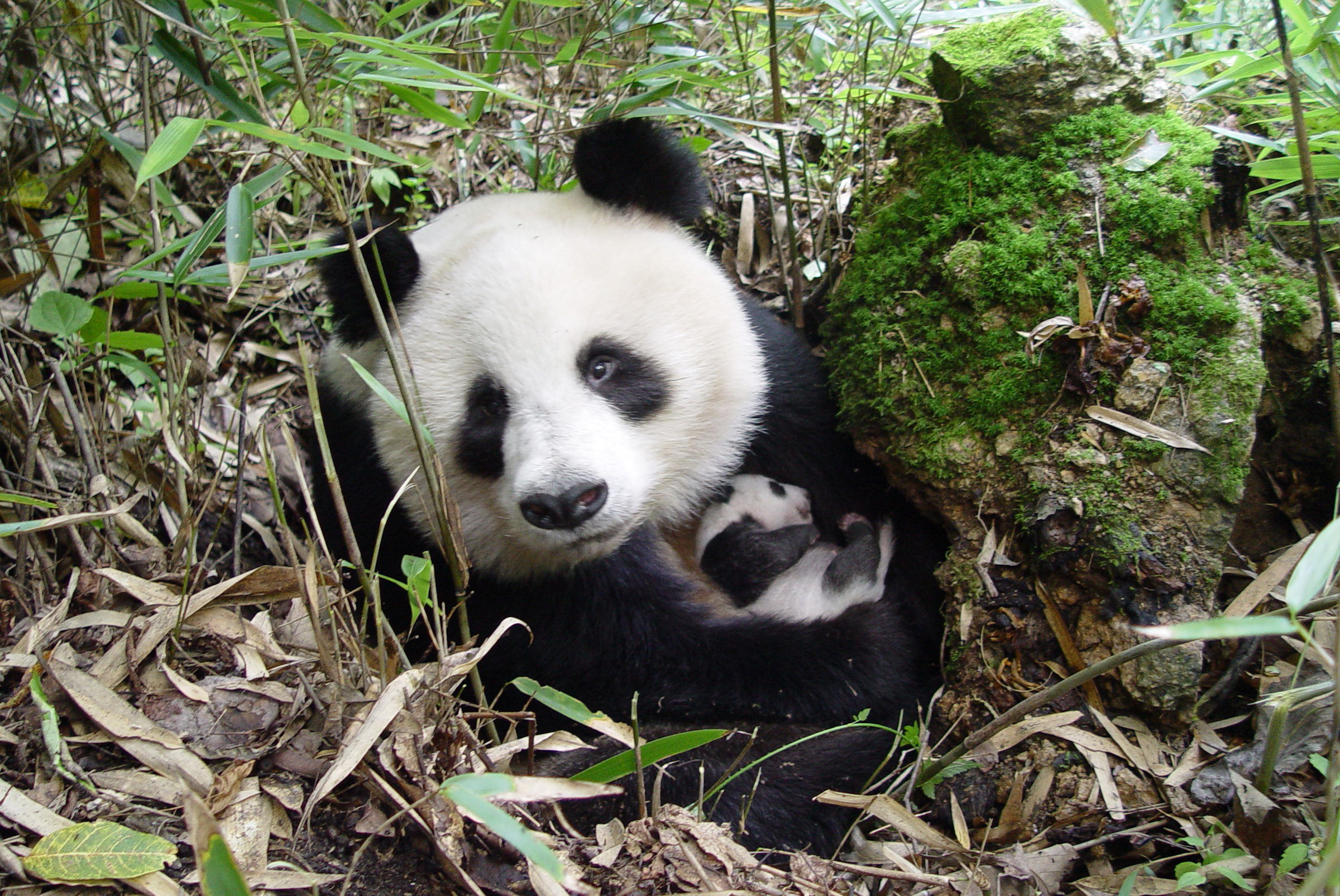The most immediate threat to wild tigers is poaching. Their body parts are in relentless demand for traditional medicine and are status symbols within some Asian cultures. Resources for guarding protected areas where tigers live are usually limited.
People and tigers increasingly compete for space. Tigers have lost 95 per cent of their historical range due to human activity and development.
As forests shrink and prey becomes scarce, tigers are forced to hunt domestic livestock, which many local communities depend on for their livelihoods. In retaliation, tigers are killed or captured. These “conflict tigers” are often sold on the black market.

